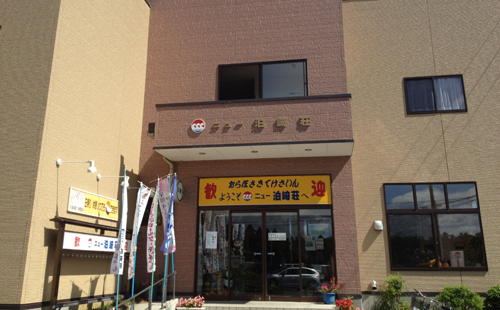Written by:
Places that support, teach and empower
Following the tsunami, there was an outpouring of support with volunteers arriving from other regions of Japan and from abroad to help with the clean-up and rebuilding of Minamisanriku. In a community which previously boasted a resort hotel that could accommodate 1300 people, and was a popular tourist destination, providing accommodation for the thousands of displaced households was already a significant logistical challenge. Hosting volunteers required not only finding beds, but also feeding people at odd hours, coordinating action and documenting activity and progress.

The centre in Iryado has been created to do just that. A simple timber construction, it provides accommodation, a kitchen and dining space, classroom/workshop spaces and a small library space. Built as a place to support the reconstruction, it now also provides a valuable resource to visiting researchers and tourists, contributing to the local ecomony and above all, providing a space to share stories and learning from the tsunami. It is here that local people, businesses and storytellers have a safe, comfortable space to share their very personal accounts of what happened on Friday 11 March, 2011.
The people of Minamisanriku are determined that their experiences serve to inform, prepare and inspire others. This region of Japan expects a significant earthquake and tsunami every 50 years, and one of this magnitude every 1000 years. The centre in Iryado embodies their determination to share their stories and to welcome people in to learn from their experience.
What has struck me the most, thinking back on my experience, is that people are resilient and that the spaces for people to heal, collaborate and simply come together and share are best informed by the local community.

Iryado is a building in which I met these generous people, heard their stories and shed many tears. This set of posts has been my attempt to share their story.
You can read the full collection of stories in this series in the publication Lessons from Minamisanriku: Stories of resilience and rebuilding.

Funded by the Arts and Humanities Research Council, ‘Bridging the Gap between Academic Theory and Community Relevance: Fresh Insights from American Pragmatism’ (AH/K006185/1) was a collaborative research project involving Keele University, Brunel University, the Open University, University of Edinburgh and Seinan Gakuin University (Japan), and community partners New Vic Borderlines and The Glass-House Community Led Design.

